Court documents from the 1980s have revealed what the Japanese company could have called the barrel-rolling gorilla before settling on the name it still uses today.
In the early 1980s, Universal was looking to get into the gaming industry, and company chairman Sid Sheinberg was wary of the success of Nintendo’s Donkey Kong. Sheinberg was a lawyer and ended up taking Nintendo to court because he thought DK was infringing on Universal’s King Kong, ignoring the name, since both characters were gorillas and both featured a lady to be rescued. According to Sheinberg, Nintendo owed Universal, but the Japanese company refused to back down and stayed the course. The case lasted from 1982 to 1984, and Nintendo eventually won. The court ruled that Donkey Kong did not violate Universal’s rights, so he remained a Nintendo character.
The documents have been preserved in the US National Archives, and a few years ago a ludologist (video game historian) searched for them and published some interesting facts. One of them was Shigeru Miyamoto’s claim. The character’s creator first thought of the name King Kong, but in Japan, the word Kong is used as a generic term for gorillas. Caruso came up with a page of alternative names, and there are some extremely strange options among them: Funny Kong; Kong the Kong; Jack Kong; Funky Kong (hence the name of the character in Donkey Kong Country!); Bill Kong; Steel Kong; Giant Kong; Big Kong; Kong Down; Kong Dong (!); Mr. Kong; Custom Kong; Kong Chase; Kong Boy; Kong Man; Kong Fighter; Wild Kong; Rookie Kong; Kong Holiday; Donkey Kong.
Caruso posted a few other interesting things, such as Miyamoto’s sketch of a bear, the 1933 King Kong copyright paper, and a summary of the differences between the two gorillas by Judge Sweet, who presided over the case, which goes like this “Donkey Kong is comical and entertaining. The player attempts to maneuver Mario the carpenter up a structure of pink beams by having him climb ladders and run up ramps while avoiding cement vats, barrels, beams, and other obstacles. The goal of the games is to maneuver Mario to the top, where he can rescue a girl from the clutches of a large gorilla. The farcical, childlike, and non-sexual Donkey Kong creates a humorous [sic] impression by jumping up and down and strutting back and forth to tease Mario.
The Donkey Kong gorilla is very different from King Kong, a ferocious gorilla in search of a beautiful woman who goes on a rampage, chasing people, trampling them or throwing them to the ground, and fighting with dinosaurs, giant snakes, airplanes and helicopters, culminating in his tragic and bloody death. Donkey Kong’s silly obstacles of cakes, cement vats, birthday cakes and umbrellas, its primitive captive girl with her hair in pigtails, and its pleasant colors and humorous sounds create a very different concept and feel from the drama of King Kong. At best, Donkey Kong is a parody of King Kong, but such parody is not infringement,” wrote Judge Sweet.
His ruling ordered Universal to pay $1.8 million in attorneys’ fees to Nintendo. King Kong was cited as a character in the public domain. The case was so important to the Big N that their lawyer’s name was later used for one of their iconic characters. Who represented Nintendo? John Joseph Kirby…
Source: PCGamer

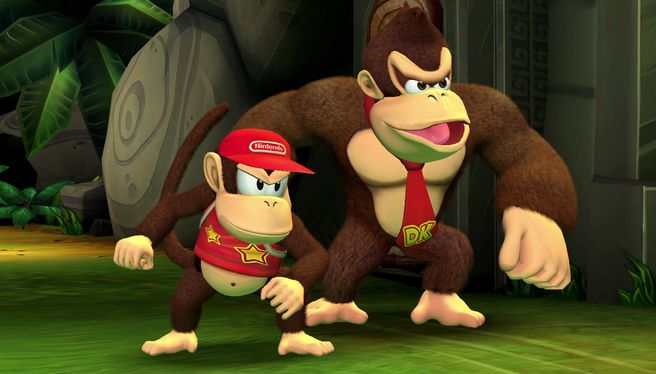
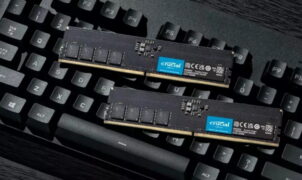



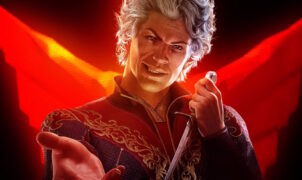
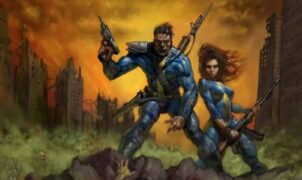

![[TGA 2025] Tomb Raider: Legacy of Atlantis: Another Remake of the First Game! [VIDEO]](https://thegeek.games/wp-content/uploads/2025/12/theGeek-Tomb-Raider-Catalyst-Legacy-of-Atlantis-Remake-Crystal-Dynamics-302x180.jpg)
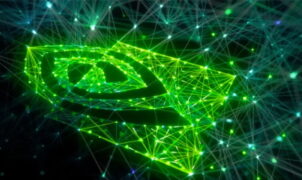
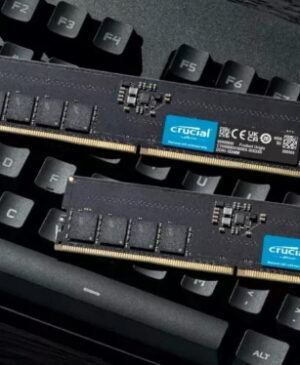



Leave a Reply